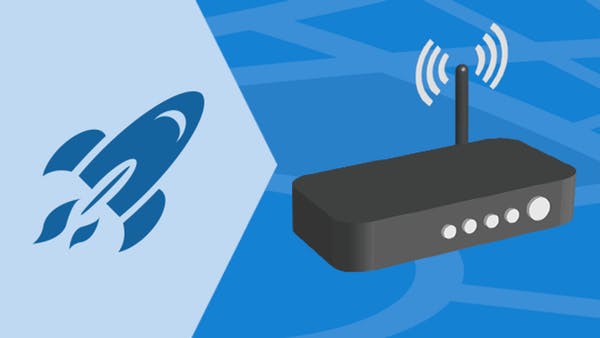When you intend to use or already using broadband services for business purposes, then you need to understand the technical terms associated with this industry.
Broadband companies often capitalize on the ignorance of customers about these terms to sell more services.
To get the best out of your broadband contract, some of the terminologies used by broadband companies are explained in layman terms here
Upstream – This is when you’re sending a file from the end customer to the Internet (e.g. uploading of Internet pages)
VDSL (Very high-rate Digital Subscriber Line) – is a further development of DSL: speeds of up to 75 Mbit/s are possible.
Hybrid solution – Broadband supply using various technologies. E.g. directional radio connection of a location and wired connection of the end customers.
IPTV – The Digital transmission of broadband applications, such as television programs and films, via a digital data network The Internet Protocol (IP), on which the Internet is based, is used for this purpose.
ISDN (Integrated Services Digital Network) you can make phone calls or surf the Internet on two lines.
Cable distributor – A cable distributor (Katz) is a cabinet that distributes cable lines within a local telephone network.
Last-mile – Last section of the network to the end customer: Network between cable distributor/local exchange/main distributor up to the terminal
LTE (Long Term Evolution) – UMTS successor standard for mobile communications. Theoretical maximum download speed of 300 Mbit/s. In practice, only a maximum of 150 Mbit/s are offered.
Access node (AN) is reinforcing and controlling network elements between telephone and exchange for public telecommunications traffic.
Fiber to the Node (FTTN)”. Depending on the Access nodes often use optical fibers in the access area to transmit the telephone channels multiplexed
Fiber to the Node (FTTN)”. Depending on how far the fiber optic cable extends into the access network, it is referred to as Fiber to the Curb (FTTC), Fiber to the Building (FTTB), Fiber to the Home (FTTH), and Fiber to the Terminal (FTTT).
Video-On-Demand – Digital videos can be downloaded on demand via the Internet. A broadband connection with several Mbit/s is required for this.
P2P – Peer to Peer Peer for “peer”; computer-computer connection.
PLC – Power Line Communication Power Line refers to a local network for data transmission via the power supply system. PowerLine is based on carrier frequency technology.
QoS – Quality of Service Quality of Service (QoS) describes the quality of a communications service from the user’s point of view, i.e. the extent to which the quality of the service matches their requirements.
Latency – The delay of the end-to-end transmission
Jitter – The deviation of the latency time from its average value
Packet loss rate – The probability that individual IP packets are lost during transmission (or – in the case of real-time services – reach their destination too late)
Throughput – It is the average amount of data transmitted per time unit
Rate Adaptive Mode (RAM) – A DSL connection in RAM mode exploits the maximum possible speed. Without RAM the data rate is technically limited.
SLA (Service Level Agreement)- This is an agreement between the client and the service provider makes recurring services more transparent for the client in terms of control options by precisely describing guaranteed performance characteristics such as response time, scope and speed of processing.
UMTS (Universal Mobile Telecommunications System) – A mobile radio standard, with data transmission rates of max.
Upload – Uploading of data (e.g. maintenance of a blog, sending files)
Upstream – Data transmission from the end customer to the Internet (e.g. uploading of Internet pages)
VDSL (Very high-rate Digital Subscriber Line) is a further development of DSL: speeds of up to 75 Mbit/s are possible.
Conclusion
There are hundreds of these terms, however, we’ve covered some of the most important ones, and I’m sure you now know what they mean when you come across them on your broadband company’s website.
